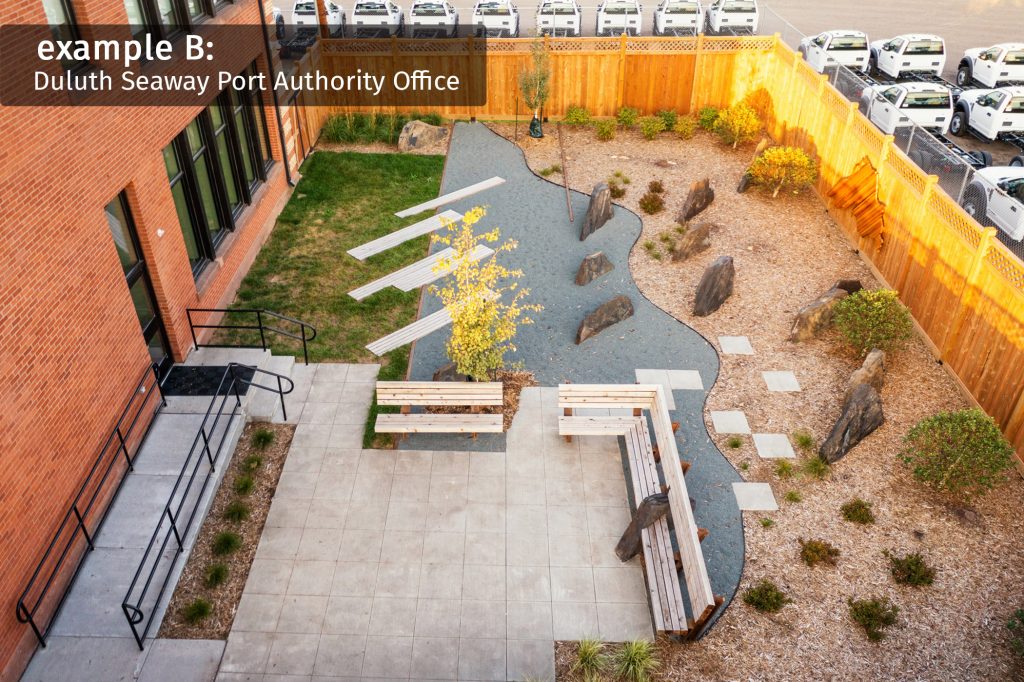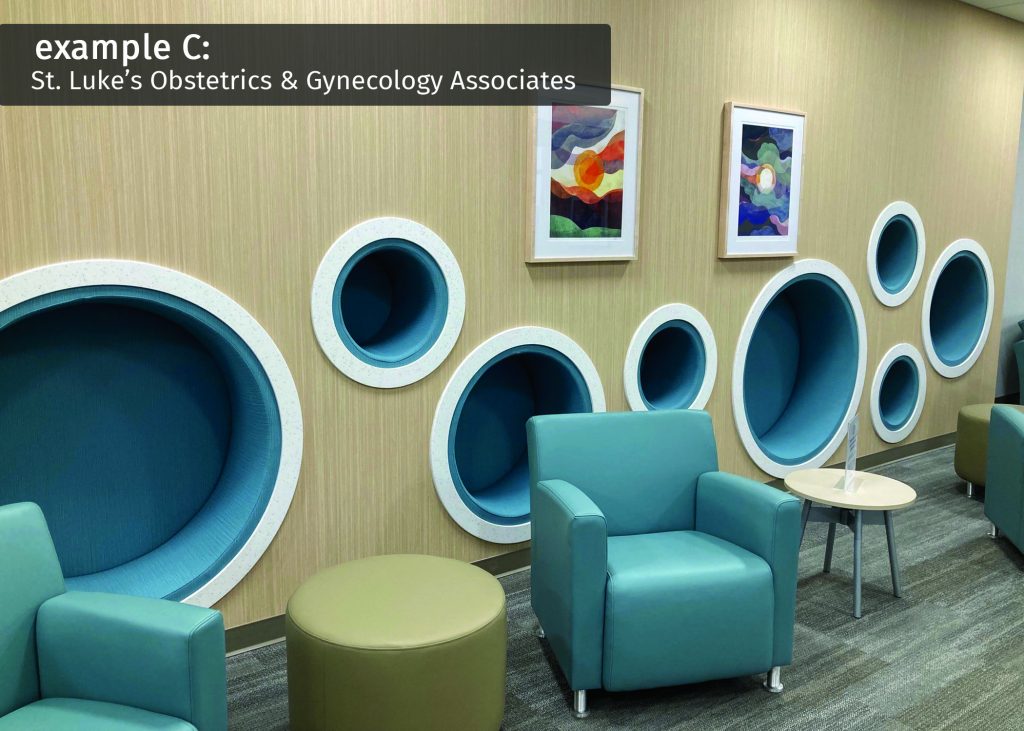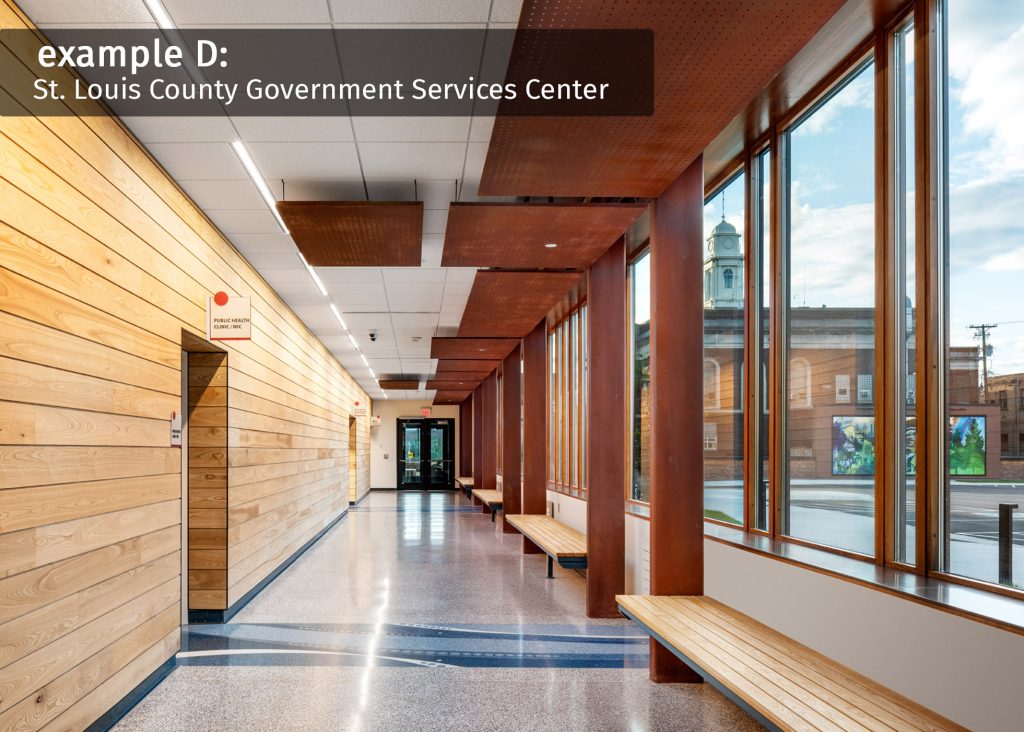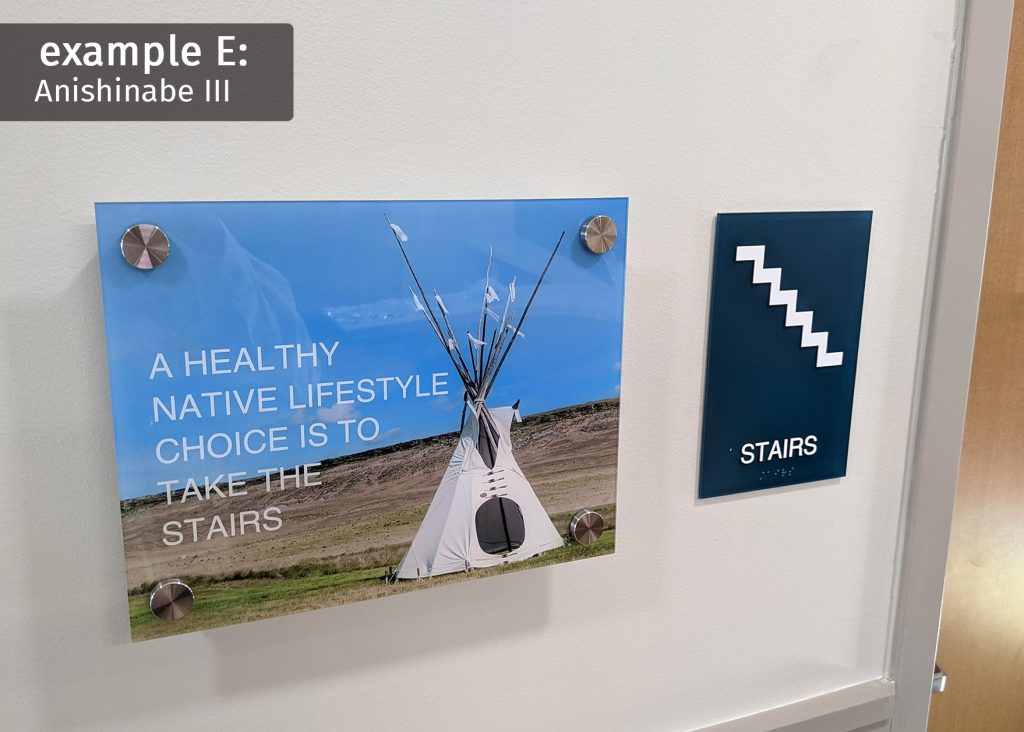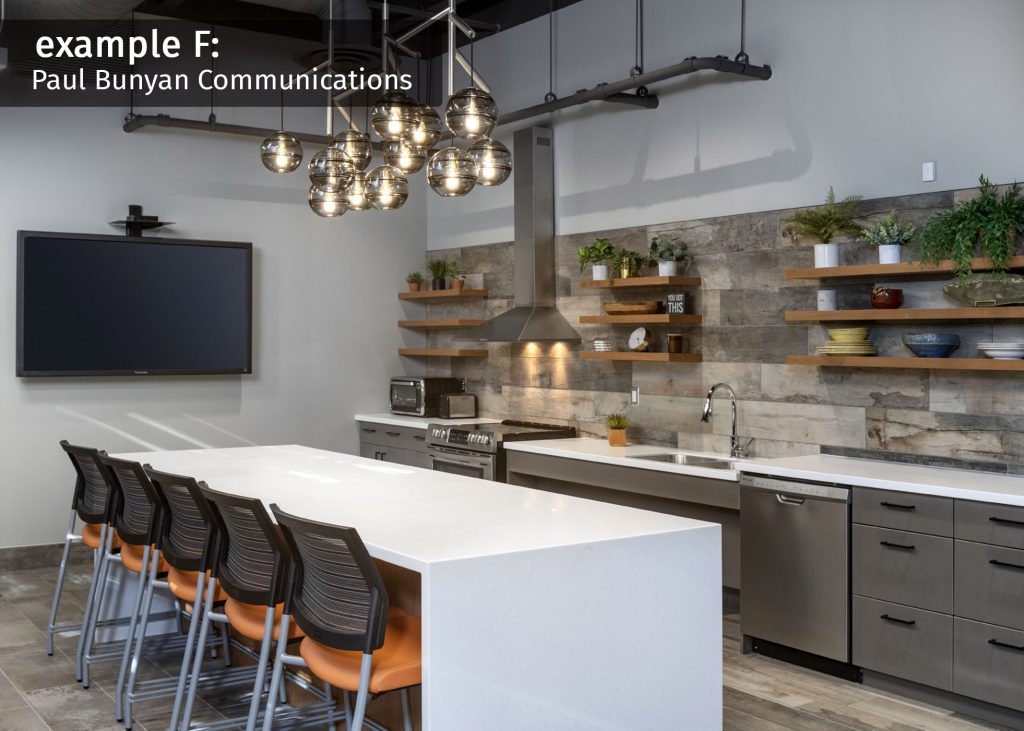The built environment has a significant impact on our physical and mental health. In recent years, there has been a growing focus on wellness and inclusive design in architecture and interior design. This approach seeks to create spaces that promote health, well-being, and accessibility for all.
There are many benefits to wellness and inclusive design. For individuals and businesses, these designs can lead to better physical and mental health, reduced stress levels, enhanced productivity, increased employee satisfaction, reduced absenteeism, and improved customer service.
Incorporating Wellness and Inclusive Design into New or Existing Spaces
Wellness design can be done through a variety of means, such as using natural materials, providing access to natural light and views, and creating spaces that are comfortable and inviting. Inclusive design is about creating spaces that are accessible and usable by everyone, regardless of their age, ability, or background.
Some common strategies and examples include:
• Using natural light and ventilation: Natural light and fresh air have been shown to improve mood, reduce stress, and boost productivity. (see example A: Rock Ridge High School)
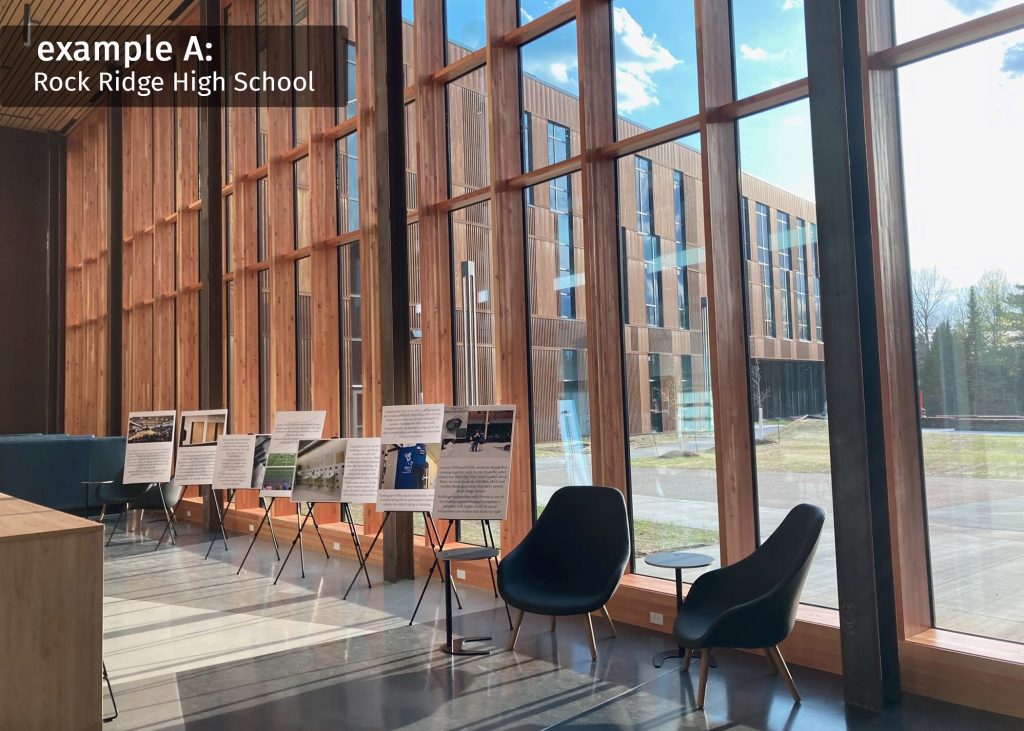
• Incorporating biophilic elements: Natural materials, such as wood, stone, and plants, can help connect people to nature and create a calming and relaxing environment. Spaces should be designed to allow for easy access to the outdoor environment, such as parks, gardens, or outdoor patios. (see example B: Duluth Seaway Port Authority)
• Creating comfortable, inviting environments that promote a sense of well-being: The layout and design of a space can have a big impact on how people feel. This can be done by using soft lighting, comfortable furniture, and warm colors. (see example C: St. Luke’s Obstetrics & Gynecology Associates)
• Considering the needs of all: When designing a space, it is important to take into account the needs of all users, including people with disabilities, older adults, and children. All spaces should be designed to be comfortable and accessible for people of all abilities. This includes providing adequate space for all mobility devices, acoustic solutions, as well as making sure that all areas are well-lit and easy to navigate. (see example D: St. Louis County Government Services Center)
• Using clear and concise signage: This is important for ensuring that everyone can understand where they are and how to get where they need to go. Signage can also be utilized to promote wellness incentives, such as the benefits of using the stairs. (see example E: Anishinabe III)
• Promoting social interaction: Well-designed spaces can encourage social interaction and community building. This can be done by creating spaces for people to gather, such as common areas, lounges, and outdoor spaces. (see example F: Paul Bunyan Communications)
Benefits of Wellness and Inclusive Design
In addition to the physical advantages of wellness and inclusive design, there are also several social and economic benefits. For example, studies have shown that employees who work in healthy and inclusive environments are more productive and less likely to take sick days. Additionally, businesses that invest in wellness and inclusive design can attract and retain top talent.
Some of the most common benefits include:
• Improved physical health: Studies have shown that people who live or work in well-designed spaces have lower rates of obesity, heart disease, and other chronic health conditions.
• Reduced stress and anxiety: Spending time in nature or in a calming environment can help to reduce stress and anxiety.
• Increased productivity and social interaction: Research shows that people who work in well-designed spaces are more productive. These environments can encourage social interaction and community building.
• Improved mental health: People who live or work in well-designed spaces have lower rates of depression, anxiety, and other mental health conditions.
Wellness and inclusive design are important considerations for any individual in the built environment. As the world becomes increasingly urbanized, the need for resilient design will only grow.

Article written by Senior Architect, Katherine Gerzina for the July, 2023 Duluthian.
